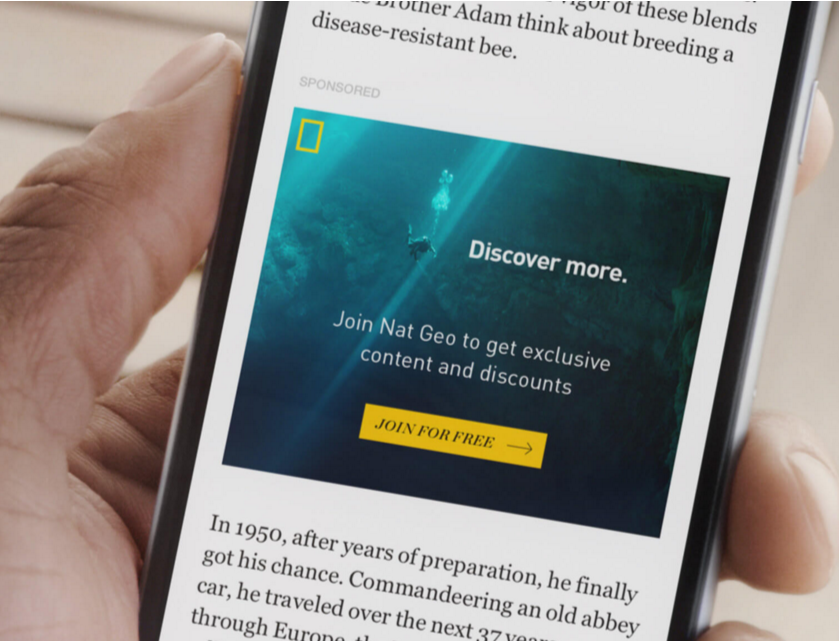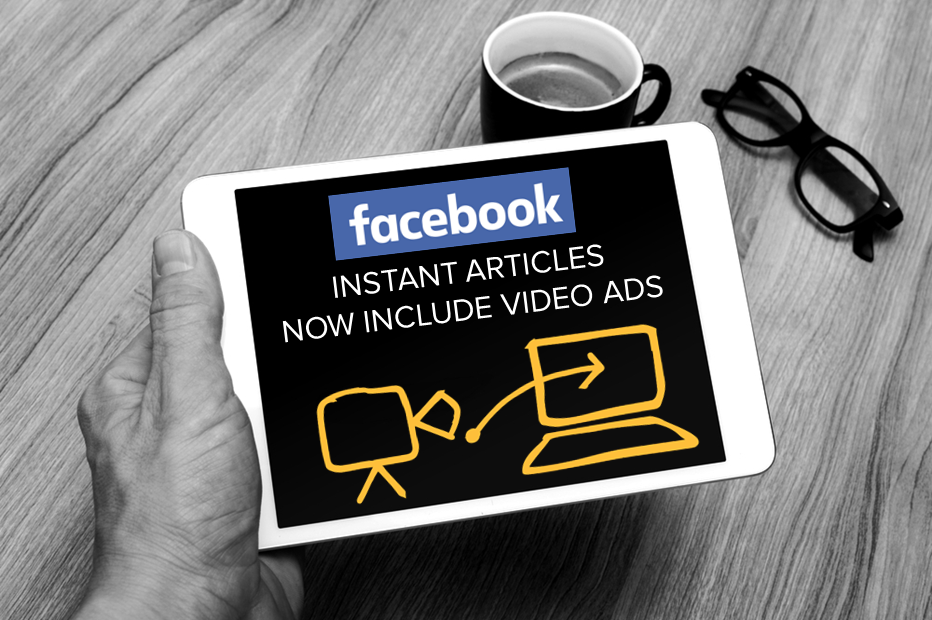Facebook’s Instant Articles will be available for all publishers next week, and the social media giant just announced a new feature: video ads.
In addition to being able to share your content directly on Facebook, you will have the option to include video ads to enhance your social media marketing strategy and drive your brand’s visibility even further. You may be wondering how much of an impact will you see by placing a video ad within an Instant Article. Well, Facebook has estimated this can result in a 20 percent boost in ad impressions.
With Instant Articles, Facebook loads pieces of content within users’ News Feeds. This way, readers don’t have to wait for new sites to load or navigate away from Facebook to read an article or watch a video. The idea behind this is primarily to keep people on Facebook, but also to give them a streamlined experience on mobile.
Here’s everything you need to know about Facebook’s Instant Articles.
Instant Articles are by no means a new addition to the social network – they’ve actually been in use since May 2015, but only major news sources were given access to the publishing platform. The reason it’s getting so much attention right now is that beginning on April 12, the product will be available for all publishers. WordPress has even already developed a plug-in to make integrating your content even easier.
How will video ads work?
When you publish an Instant Article, you’ll have the opportunity to include video ads. You can opt for either auto-play or user-enabled videos, making it even easier to target your ads to your audience. Josh Roberts, Facebook’s Instant Articles product manager, told The Wall Street Journal that the change was inspired by a high demand for the inclusion of ads to increase the effectiveness of the service.
“We care about user experience first and foremost, but we know this doesn’t work if publishers can’t monetize their content successfully,” Roberts explained.
The use of video ads in Instant Articles can result in a 20% boost in ad impressions.
When publishers include their own ads, they get 100 percent of any resulting revenue. Should they opt to sell the ad space back to Facebook’s Audience Network, allowing another company’s ad to play with their content, Facebook takes 30 percent of the generated revenue.
Publishers will have the ability to include a video ad every for 350 words of content, at most, but can also publish as little as one ad for each piece, or even opt to use none at all. All included ad content will be displayed with the “Sponsored” designation. This ensures your article contents will not be confused for ads and vice versa.

Facebook isn’t the only one to benefit
With Instant Articles, people don’t need to leave Facebook to read content that interests them. While this might sound like it will deal a blow to your site traffic, think of it from the other angle. The people who would have passed over your content simply because they don’t want to navigate away from Facebook can now see what you’ve posted and stay on the site.
This alone may encourage them to read your content, engage with your brand and visit your site independently. With the inclusion of video ads, you’ll be able to increase engagement with your content on Facebook even more. People viewing your content on the social network may then be more apt to share it, visit your site and turn into customers.
If they do choose to share your article on Twitter, the shared post will link back to your website rather than Facebook, increasing your social marketing reach and creating more paths that point toward your site. Mashable highlights exactly how Instant Articles will work and what they’ll look like in the video below.
Plus, any content that is hosted as an Instant Article must also be published on your site, so you’re getting even greater use out of something you were going to create anyway. Facebook tracks audience engagement with Instant Articles and ads through Google Analytics and comScore, and there is plenty of room for publishers to track the data with their own software of choice. So, while hosting content on Facebook may lead to a slight drop in site traffic, you’ll still be able to track who is reading and engaging with your posts on Facebook.
Considering how nearly two-thirds of Facebook and Twitter users are reading the news through the social channels already, it would stand to reason that you’d want your content to be on the virtual newsstands that get the most traffic. Sharing your content directly on Facebook will broaden your audience by capturing the attention of people who wouldn’t otherwise navigate away from the network.
For more social media marketing tips, check out these articles:




